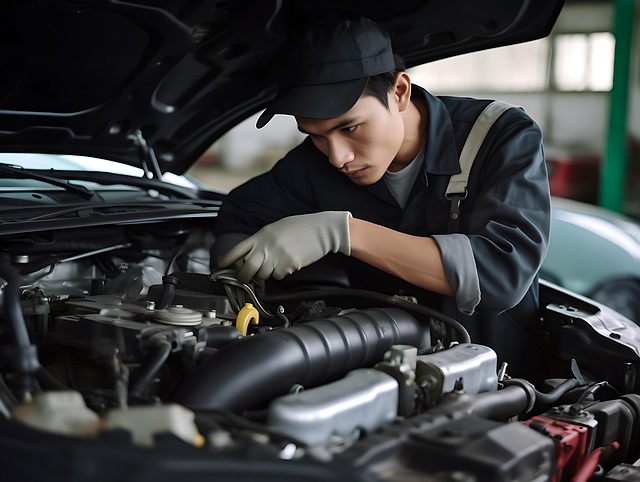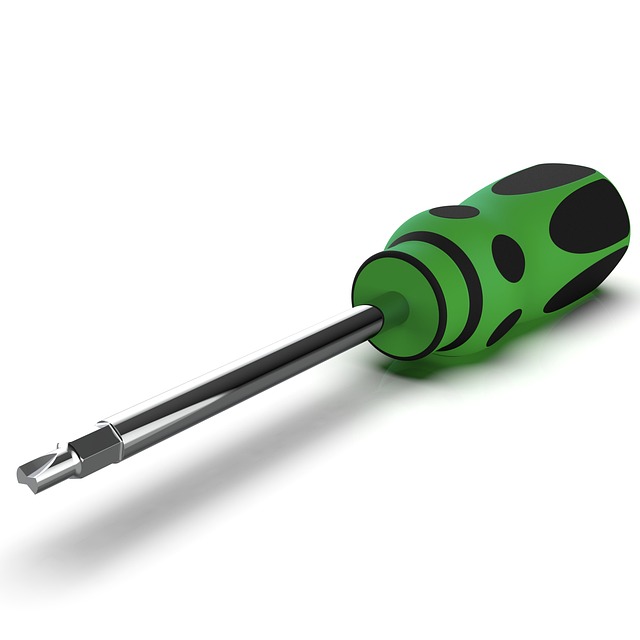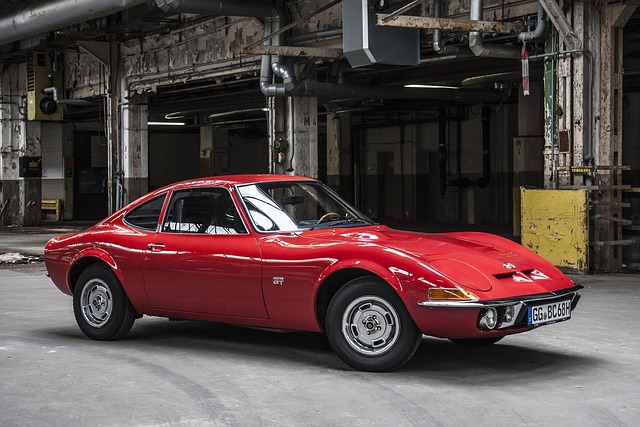Auto Body Moldings: Preventing Minor Damage Effortlessly
Auto body moldings are crucial, multi-functional components that enhance vehicles' aesthetics a…….
Auto body moldings, a term that might evoke images of intricate car designs, are an essential component in the automotive industry, playing a pivotal role in both aesthetics and functionality. This article delves into the multifaceted world of auto body moldings, exploring their historical roots, global impact, technological innovations, and their significant influence on vehicle design and manufacturing. By the end, readers will gain a comprehensive understanding of this dynamic field, its current landscape, and its promising future.
Auto body moldings refer to the decorative and structural components that encircle a vehicle’s exterior body panels. These moldings are meticulously crafted pieces designed to enhance a car’s visual appeal while providing specific functional benefits. The primary elements include:
Historically, auto body moldings have evolved from simple wooden frames to sophisticated plastic and metal components, reflecting advancements in manufacturing techniques and design aesthetics. Today, they are integral to modern vehicle design, offering endless opportunities for customization and personalization.
The influence of auto body moldings is a global phenomenon, with each region adopting unique styles and trends while sharing best practices. Key observations include:
Global trade and the sharing of design ideas have fostered a vibrant market for auto body moldings, allowing manufacturers worldwide to source and inspire from diverse sources.
The economic landscape of auto body moldings is complex, involving multiple stakeholders, from manufacturers to suppliers and customizers. Here’s an overview:
Technological innovations have revolutionized auto body molding manufacturing, leading to improved aesthetics, functionality, and sustainability. Notable advancements include:
The development of auto body moldings is influenced by various policies and regulations that vary across regions. Key considerations include:
Despite their widespread use and benefits, auto body moldings face several challenges and criticisms:
Japanese automotive giant Toyota has been a pioneer in customizable vehicle options, allowing customers to personalize their cars with unique body moldings. This strategy has been particularly successful in the Japanese market, where car customization is deeply rooted in cultural traditions. Customers can choose from a wide array of colors, finishes, and designs, transforming their vehicles into mobile art pieces. The program’s success lies in its ability to offer both practical enhancements (such as protection against door dings) and self-expression through customization.
Volkswagen, in collaboration with European research institutions, has been at the forefront of developing sustainable auto body moldings. They have successfully introduced moldings made from recycled plastics, reducing the environmental impact of their vehicle designs. This initiative aligns with the EU’s circular economy goals and demonstrates the automotive industry’s commitment to sustainability. The use of these eco-friendly materials has also paved the way for other manufacturers to explore similar options.
In the high-performance realm of Formula One, auto body moldings take on a new dimension. Teams employ intricate aerodynamic designs, including advanced front and rear diffusers, sidepod venturis, and complex suspension systems, to achieve maximum speed and handling. These innovative moldings are subject to stringent regulations regarding aerodynamics and safety, pushing the boundaries of what is technologically feasible while ensuring driver safety.
The future of auto body moldings holds exciting possibilities, driven by technological advancements and evolving consumer preferences. Key trends include:
Auto body moldings, far from being mere aesthetic add-ons, are integral to modern vehicle design, offering a canvas for creativity, functionality, and personalization. From their historical evolution to global adoption and technological advancements, they have come a long way. As the automotive industry continues to adapt to changing trends, consumer demands, and environmental considerations, auto body moldings will remain a dynamic and essential element.
This article has provided a comprehensive overview of the topic, shedding light on its various facets. By understanding the global impact, economic considerations, technological advancements, and future prospects, readers can appreciate the significance of auto body moldings in shaping the automotive landscape. As the industry moves forward, these components will undoubtedly continue to evolve, reflecting our ever-changing world.
Q: What is the difference between plastic and metal auto body moldings?
A: Plastic moldings are lightweight, cost-effective, and easy to customize, making them popular for custom designs. Metal moldings offer superior strength and durability but are generally more expensive. Both have their advantages and are chosen based on specific design requirements and budget constraints.
Q: How do auto body moldings contribute to vehicle safety?
A: Moldings play a crucial role in enhancing structural integrity by providing energy absorption during collisions, protecting occupants from impact, and reducing the risk of door intrusion. They also help maintain the overall rigidity of the vehicle’s body.
Q: Can auto body moldings be customized for personal vehicles?
A: Absolutely! Customization is a significant aspect of auto body molding, allowing owners to personalize their vehicles’ appearances. From simple color choices to intricate designs, manufacturers offer various options to cater to diverse tastes.
Q: What are the environmental concerns related to auto body moldings?
A: Traditional plastic moldings contribute to pollution and waste. However, advancements in materials, such as recycled plastics and bio-based composites, address these concerns by offering more sustainable alternatives. Manufacturers are also exploring closed-loop recycling systems to minimize environmental impact.
Q: How do regulations impact the design of auto body moldings?
A: Regulations related to safety, emissions, and intellectual property significantly influence molding design. Manufacturers must adhere to strict safety standards for crash protection and must consider aerodynamic efficiency to meet emission compliance. Design patents protect unique molds while ensuring fair competition in the market.

Auto body moldings are essential decorative and protective components for vehicles, available in var…….

Auto body moldings are vital components enhancing vehicle aerodynamics, reducing drag, and improving…….

Auto body moldings made from durable materials like plastic or metal protect vehicles from impacts,…….

Auto body moldings, crafted from materials like plastic, fiberglass, or metal using advanced manufac…….

When sourcing auto body moldings, reputation is key. Start with recommendations from automotive prof…….